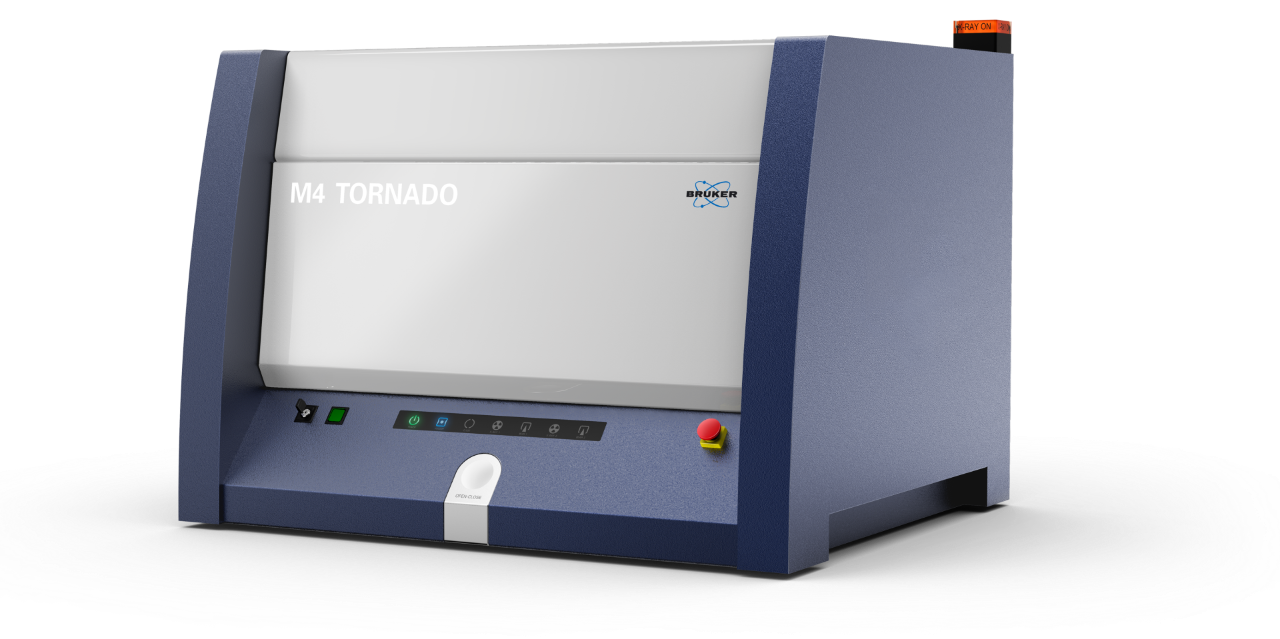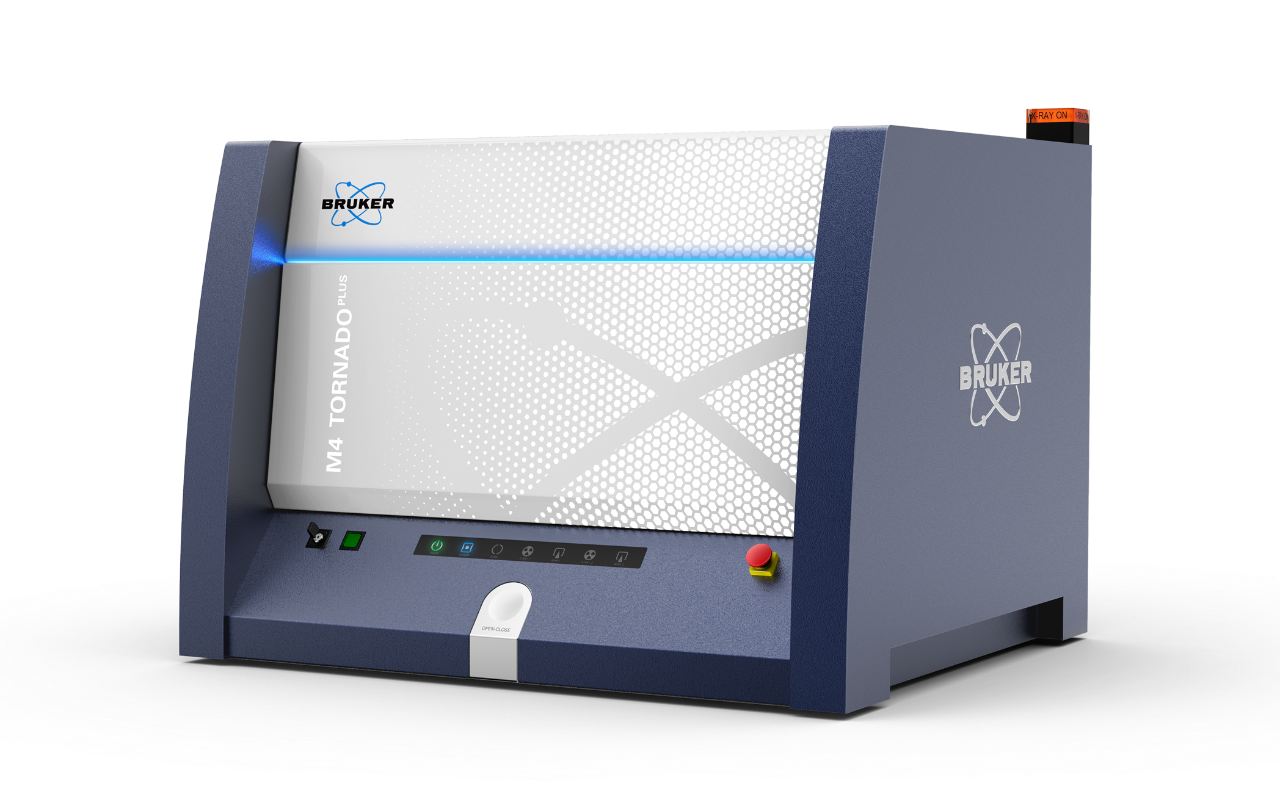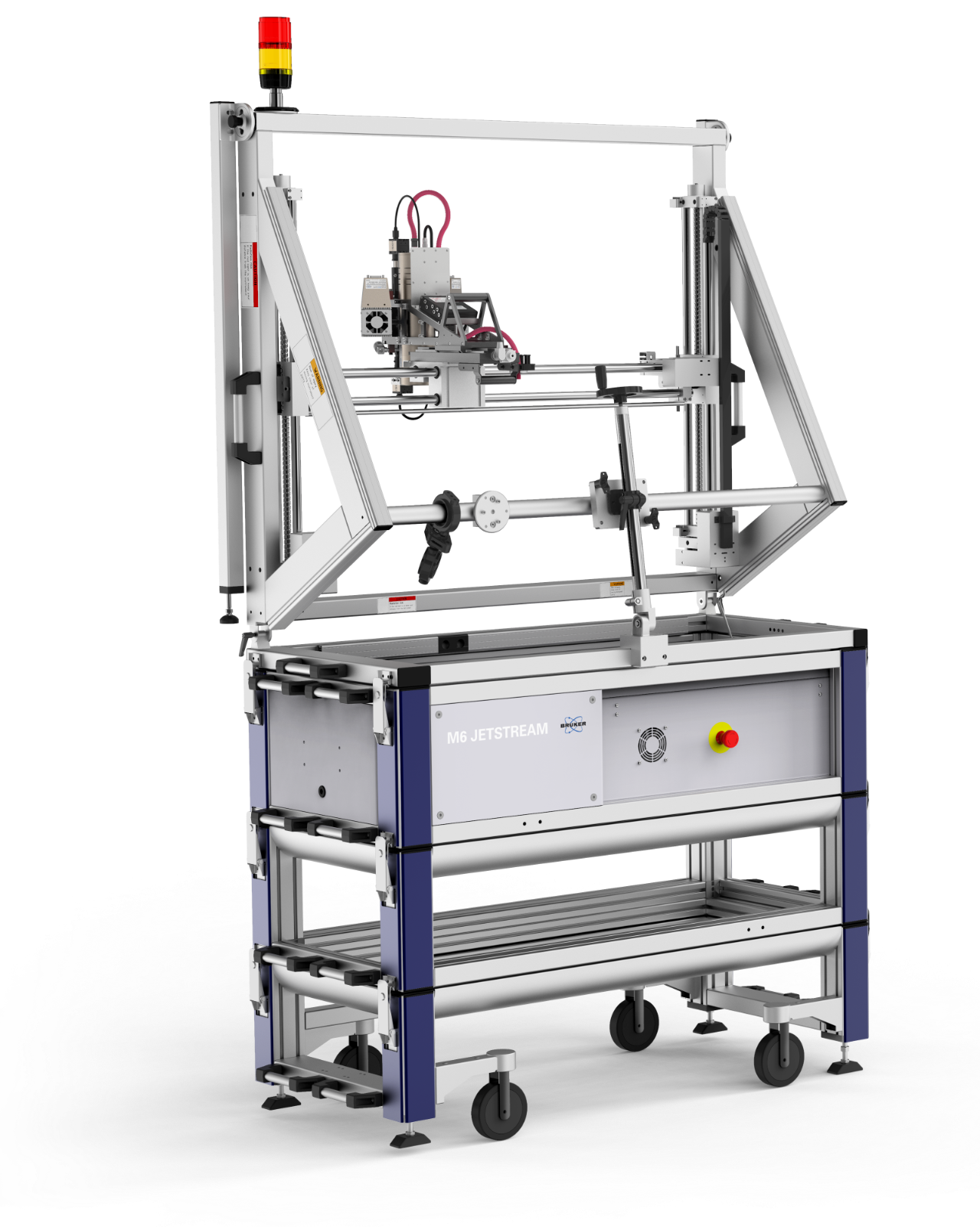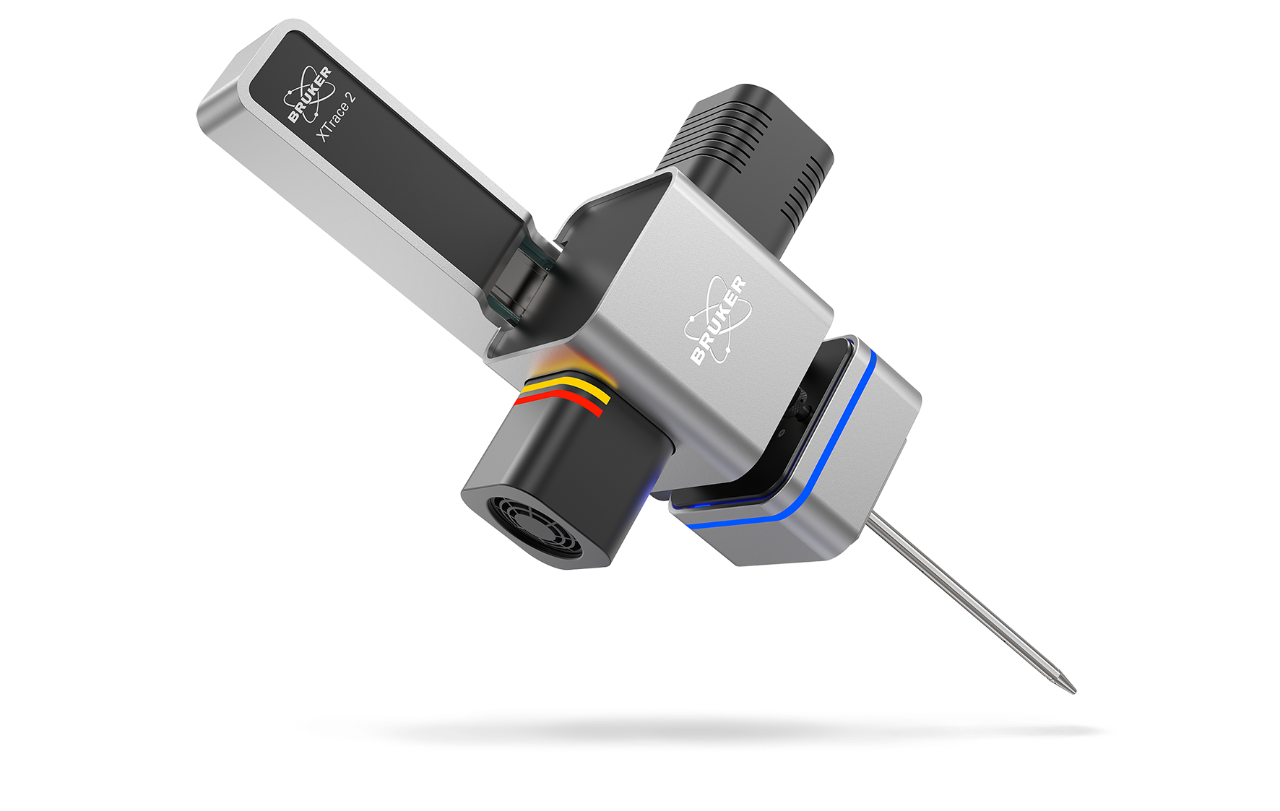The Aperture Management System (AMS)
Qualitative Analysis of Samples with Topography
A key benefit of micro-XRF is the minimal requirements for sample preparation. Nevertheless an analytical plane must be defined for the measurements. Many samples are not perfectly planar, nor can they be altered (i.e. important historical museum artifacts). For qualitative analysis (e.g. maps or line scans) of samples with topography, parts of the surface will be outside the focal plane. The Aperture Management System (AMS) aims to increase the depth of field. Just like optical imaging – but for very different reasons – an aperture before the lens increases the depth of field. Therewith, even for samples with high topography, most structures remain in focus, that is, within the focal plane.
Sketch of the working principle of the AMS. By allowing only the innermost capillaries to transmit X-rays, the divergence of the beam is reduced and the depth of field is increased.
An emerald crystal from Brazil. The crystals have a diameter of > 1 cm. The focal plane is in the upper third of the top most crystal. Without AMS many parts of the crystal are out of focal plane and blurry.
Without changing the sample position the map was redone using the AMS. The focal depth is increased and most of the sample appears sharp now.



